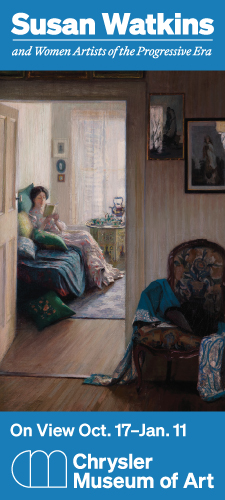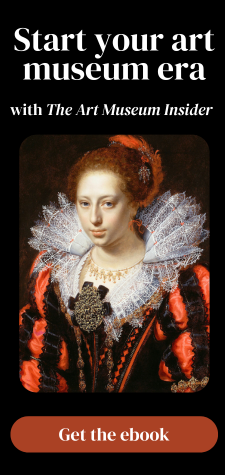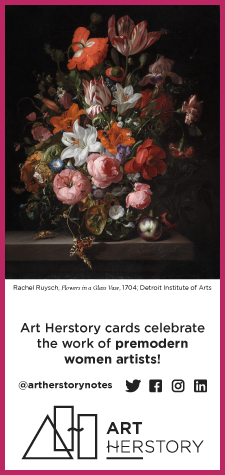by Erika Gaffney, Art Herstory Founder
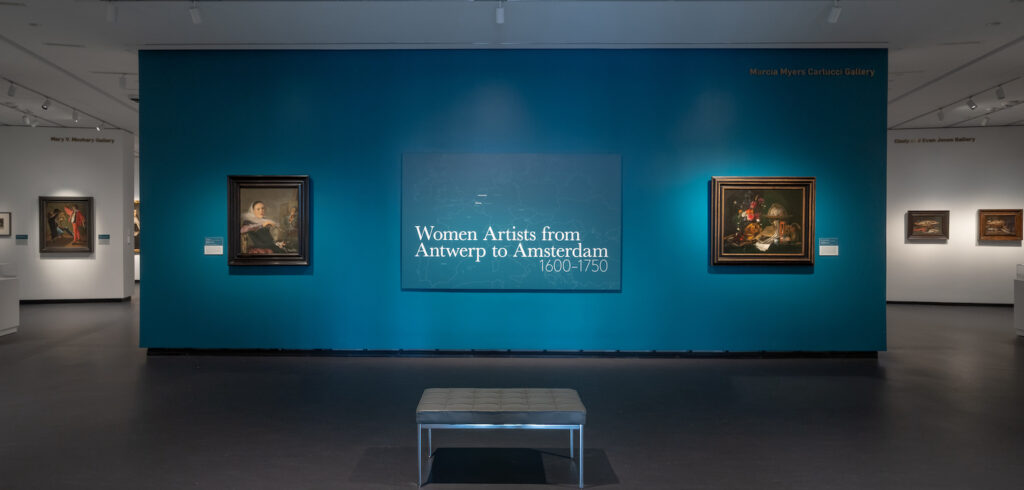
Women Artists from Antwerp to Amsterdam, 1600–1750 is the first survey exhibition devoted to multiple early modern Flemish and Dutch women artists. Masterfully curated by Virginia Treanor, this show at Washington D.C.’s National Museum of Women in the Arts (NMWA) significantly expands our overall understanding of Dutch and Flemish visual culture in the period. In illustrating the many forms of art that Flemish and Dutch women artists practiced, it reveals the full scope of these women’s contributions to the artistic economy.
For your correspondent, Women Artists from Antwerp to Amsterdam, 1600–1750 proved full of surprises. The first of these met us at the door. We were fortunate enough to run into Shannon Gabriel, a NMWA museum guard of long standing. Ms. Gabriel kindly spent some time exploring with us some of the symbolism in Maria van Oosterwijck’s Vanitas Still Life, one of the two paintings flanking the title banner. Among the details she pointed out was a little mouse in the bottom left corner. Having come across this artwork countless times onscreen and in book publications, we had never once noticed this critter!
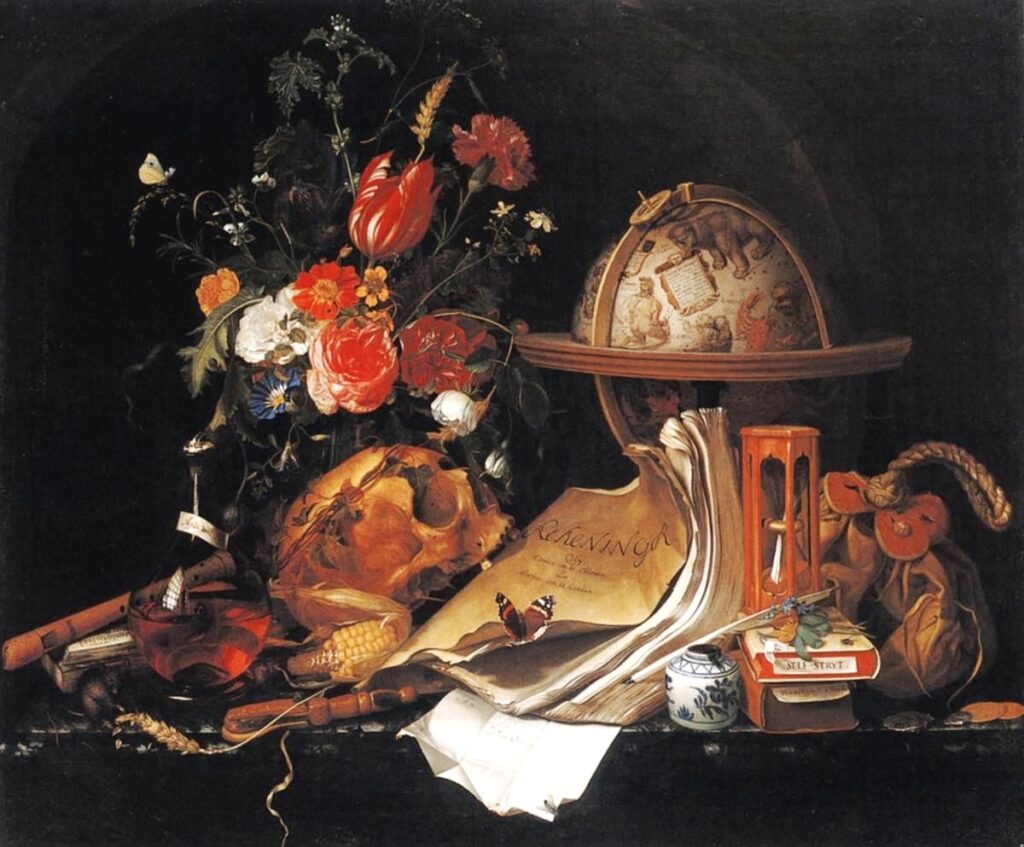
An impressive variety of artists and mediums
Women Artists from Antwerp to Amsterdam, 1600–1750 showcases nearly 150 artworks, the vast majority of which are by female makers. Given the number of art exhibitions this autumn that feature Flemish and Dutch women artists in one way or another, it is an achievement that the organizers arranged to represent as many as 40 women artists. The show features loans from more than 50 public and private collections throughout the United States and Europe.
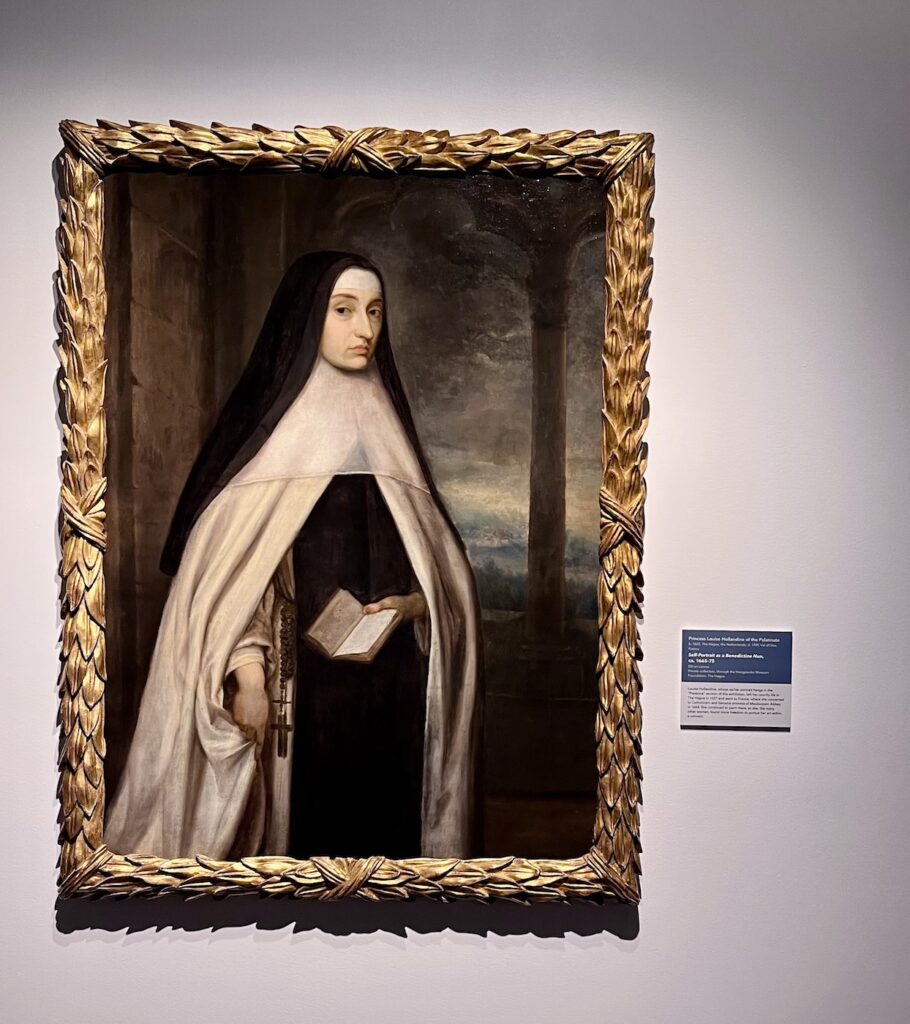
The number of paintings by men came as something of a surprise. (NMWA is the first museum solely dedicated to championing women through the arts. Therefore, only in the context of a temporary exhibition such as this does the visitor encounter male-authored art in the building.) The point of including paintings by—for example—Gerrit van Goor, Arnold Boonen, Gabriel Metsu, and Cornelis Jonson van Ceulen is that they portray female contemporaries whose art the visitor encounters in this show. The reason for displaying paintings by such artists as Quiringh van Brekelenkam, Nicolaas Juweel, and Nicolaes Maes is that they depict women in the process of creating objects, as well as illustrating the environments in which the women worked.
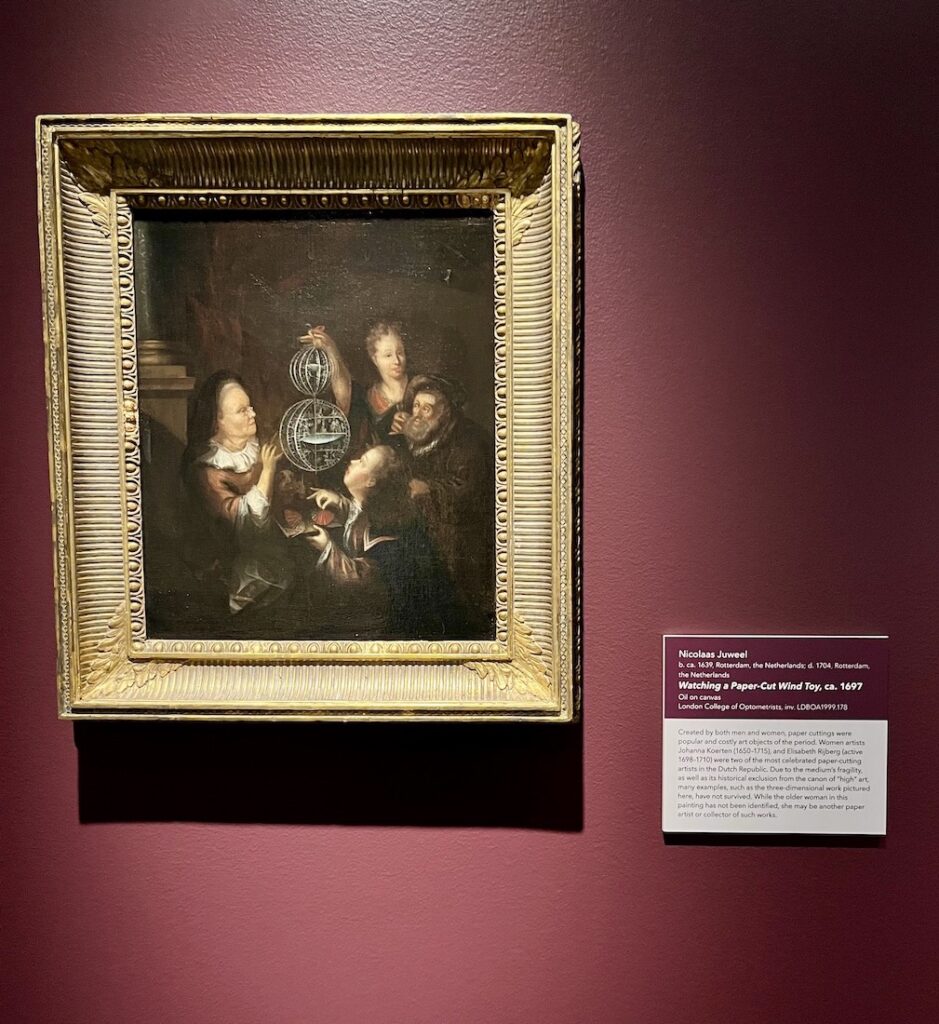
Artists
Among woman artists of the early modern Low Countries, arguably Judith Leyster boasts the highest level of name recognition. With the three-venue traveling solo exhibition now wrapping up in Boston, the name Rachel Ruysch will surely ring a bell. Similarly, given the solo exhibition at the Kunsthistorisches Museum—which moves in Spring 2026 to the Royal Academy—the art-loving public is gaining familiarity with Michaelina Wautier. And there are names that art lovers today may also recognize from recent exhibition, auction and acquisitions news. These include Clara Peeters, Maria van Oosterwijck, Maria Sibylla Merian, Catarina Ykens II, Alida Withoos and Gesina ter Borch. One would expect the exhibition would profile these artists—and it does.
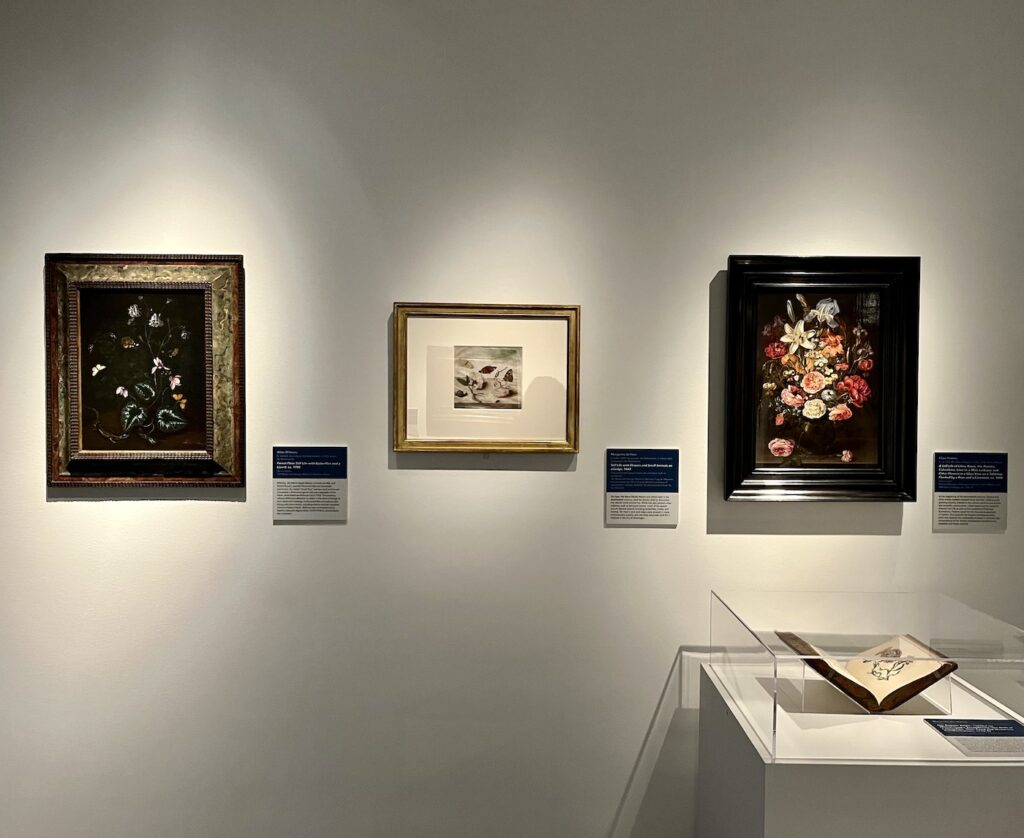
But the show also features objects by many other female makers, too. In some cases there are multiple artworks by one artist; for other makers, there might be only one or two examples of her work. As we noted about other recent shows—the latest being Making Her Mark—the thematic arrangement ensures that no one artist dominates the show. Or to look at it another way, the thematic display gives the visitor the opportunity to re-encounter particular artists throughout the show.
Mediums
In addition to paintings, the display includes lace, etchings, engravings, paper cuttings, book bindings, embroidery, watercolors, chalk drawings, sculptures—and even an oil-on-wood-and-marquetry tabletop cabinet.
In most cases, we can associate one specific medium with each artist; but there is one notable exception to that rule. Works on view by or attributed to Anna Maria van Schurman engraving on paper, a drypoint on paper, a paper cutting, and an embroidered book binding, and a portrait she carved in wood.
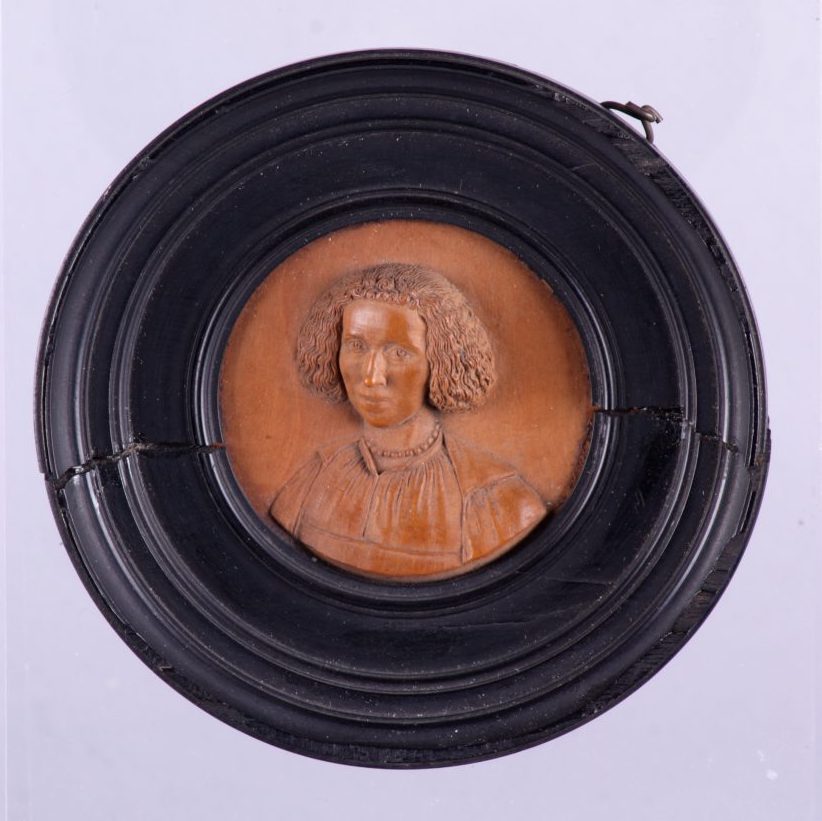
This show’s inclusion of paper cuttings by Johanna Koerten has generated welcome, if long overdue, attention for the artist. The “Scissors Minerva” was celebrated in her lifetime, and famous for a time even after her death. According to a recent Artnet article, “Peter the Great, Tsar of Russia, and Cosimo de Medici were among her admirers.” She commanded high prices for her paper cuttings, only 15 of which are still known to exist.
Highlights
This list is by no means exhaustive, but here are some highlights that visitors to look for:
- The Koerten paper cuttings seldom leave their respective repositories; they have never before traveled to the United States. This exhibition offers visitors a rare chance to see three of them: Portrait of Peter the Great, Tsar of Russia; Roman Freedom; and Portrait of William III.
- For the first time ever, two self-portraits by Judith Leyster are on display in the same room. The earlier self-portrait is iconic; according to the National Gallery of Art website, it is one of the museum’s most popular paintings. The later self-portrait, in which Leyster presents herself as an artist at midlife, is on loan from a private collection.
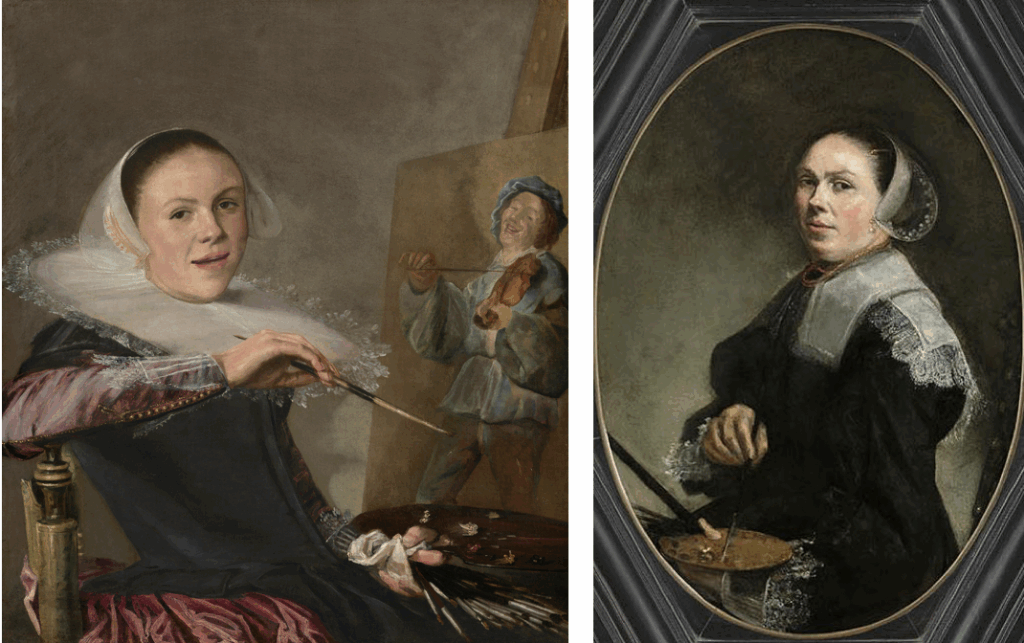
Right: Self-portrait, c. 1640, by Judith Leyster; Private collection
- Cornelia de Rijk‘s oeuvre includes both oil paintings and highly detailed, precisely rendered studies of insects. The exhibit organizers present examples of each genre. Virginia Treanor mentioned to us that the De Rijk painting Goose and Ducks in a Landscape, on loan to the exhibition from Museum Gouda, is the earliest known work to contain the artist’s signature.
- Affluent from birth, Catharina Backer (like Gesina ter Borch) did not pursue art as a means of making a living. The Amsterdam Museum owns an album with 205 of Catharina Backer’s drawings, which it loaned to the exhibition. Also on view are some of her chalk sketches, watercolor drawings, and even an oil-on-leather fan.
- Lutheran Cabinet from the Nijenburg Estate is the only piece of furniture in this show. Susanna van Steenwijck-Gaspoel decorated it in a variety of different genres.
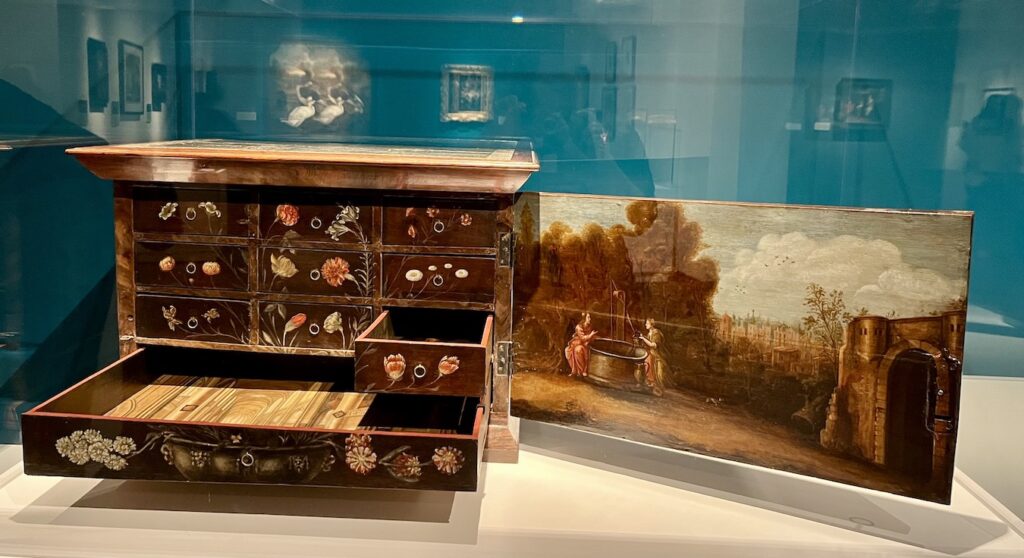
Collateral
The museum helpfully offers online access to the exhibition’s wall texts, here. It is yet another strength of the exhibition that many of the wall plaques contain explanatory content.
As we mention above, this museum’s purpose is to showcase women artists. This means that every floor is replete with art by female makers, including early modern artists.
- Head up to the third floor to view paintings by (at least) Lavinia Fontana, Louise Moillon, and Fede Galizia!
- Other temporary exhibitions museum guests may explore include Tawny Chatmon: Sanctuaries of Truth, Dissolution of Lies and Niki de Saint Phalle In Print.
Books
There is a beautiful and informative exhibition catalog, Unforgettable: Women Artists from Antwerp to Amsterdam, 1600-1750, available from the NMWA store. There is also a Dutch-language version of this book.
Several books from the series Illuminating Women Artists, apparently not available in the NMWA shop, might interest visitors to this show: Gesina ter Borch; Clara Peeters; and Maria Sibylla Merian. Forthcoming in March 2026 is Michaelina Wautier. Getty Publications is the North American co-publisher of the Illuminating Women Artists series.
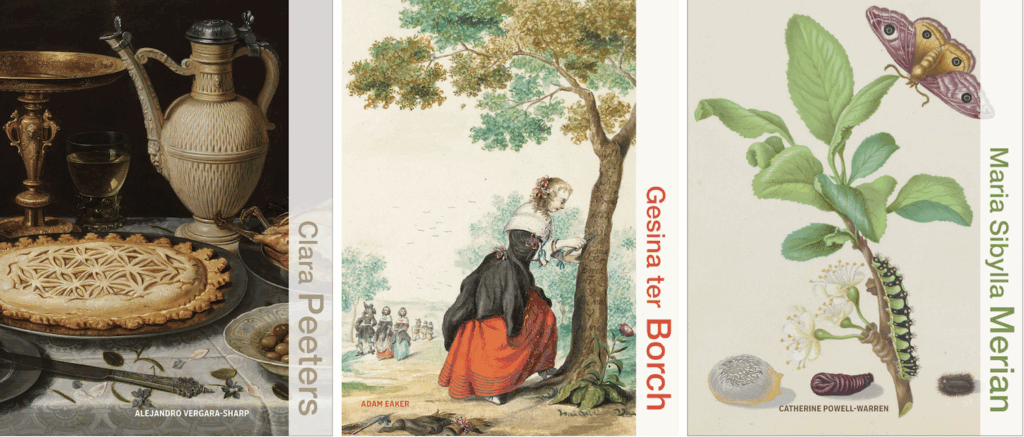
Merchandise
Although the NMWA shop does not carry the Art Herstory line, for the duration of the exhibition we are happy to offer a 35% discount on all products that relate to the theme:
- Note card wallets containing eight note cards (four each of two designs) featuring works by Clara Peeters, Judith Leyster, Maria Sibylla Merian, and Rachel Ruysch;
- Two different sampler 6-packs with a mix of artists and artworks: Dutch and Flemish Women Artists 1 and Dutch and Flemish Women Artists 2; and
- Individual cards featuring art by Alida Withoos, Anna Ruysch, Clara Peeters, Dorothea Storm-Kreps, Judith Leyster, Maria Schalcken, Maria Sibylla Merian, and Rachel Ruysch.
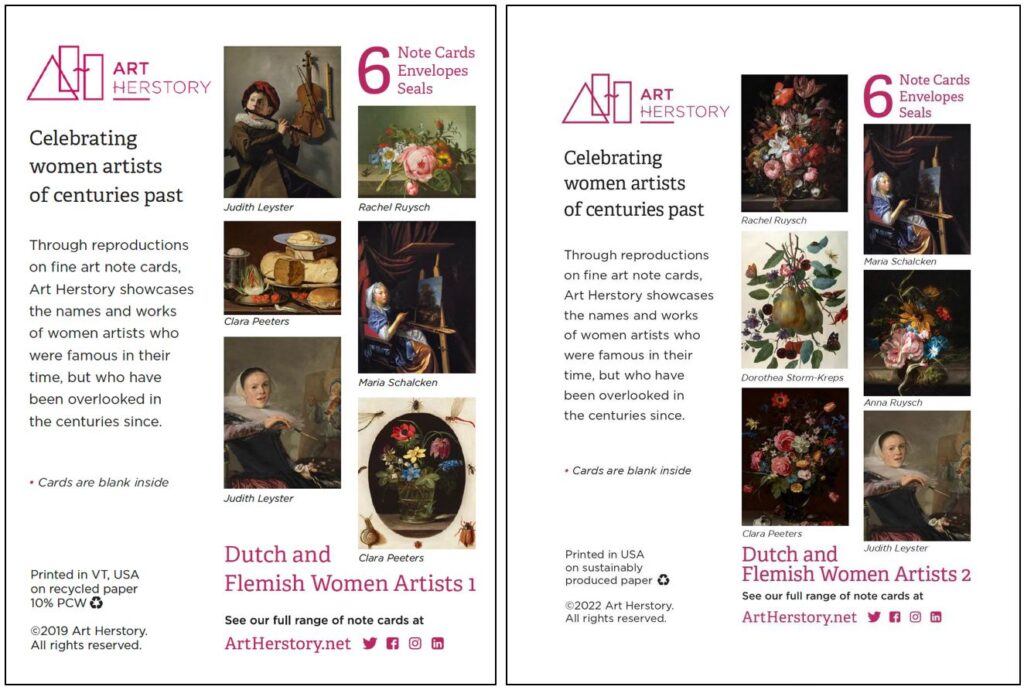
Happily, the NMWA shop does carry the Maria Sibylla Merian Collection from ART IS. This collection reproduces elements of the Maria Sibylla Merian’s Poppy Danish Flag and Campanula. (ART IS is a woman-owned creative and product development agency based in Brooklyn, NY.) The Merian merch includes (at least) an umbrella, a pen/stylus, a shopping tote, a canvas tote, a magnet, and a bookmark.
Reviews
Would you like more perspective on the show? There are open access reviews in Smithsonian Magazine, and Antiques and the Arts Weekly. There are also, albeit behind paywalls, reviews in The New York Times and The Washington Post.
Rounding out the list of women artists on view
In addition to the women artists we name above, the display includes works by these female makers: Barbara van den Broeck; Maria Faydherbe; Maria de Grebber; Margaretha de Heer; Johanna Helena Herolt; Antonina Houbraken; Catharina van Knibbergen; Anna Maria de Koker; Cornelia van der Mijn; Maria Moninckx; Magdalena van de Passe; Catharina Questiers; Geertruydt Roghman; Magdalena Roghman; Maria Schalcken; Elisabeth Seldron; Maria Tassaert; Maria Theresia van Thielen; Catrina Tieling; Susanna Verbruggen; Johanna Vergouwen; Josina Margareta Weenix; Maria de Wilde; Aleida Wolfsen; Margaretha Wulfraet; and Catarina Ykens I.
Conclusion
Women Artists from Antwerp to Amsterdam, 1600–1750 is in a similar vein to art exhibitions over the last five or so years to do with history’s female makers. It intersects with the current exhibitions Rachel Ruysch: Artist, Naturalist, and Pioneer; Michaelina Wautier: Painter; A Feast of Fruit and Flowers; and Gesina & Being Seen. It provides counterpoint to By Her Hand: Artemisia Gentileschi and Women Artists in Italy, 1500–1800 (Wadsworth Atheneum, 2021–2; Detroit Institute of Arts, 2022), as just one example among several. And it supplements Making Her Mark: A History of Women Artists in Europe, 1400–1800 (Baltimore Museum of Art, 2023–4; Art Gallery of Ontario, 2024).
At the same time, Women Artists from Antwerp to Amsterdam, 1600–1750 makes unique interventions, in terms of the artists it profiles, the objects it displays, and its consideration of women’s contributions to the artistic economy of their time and place.
So: visit this exhibition if you have the opportunity to do so. If you aren’t able to view it at NMWA, perhaps you can see it next spring at MSK Gent. And when you go—don’t forget to look for that mouse! (Our thanks again to Shannon Gabriel.)
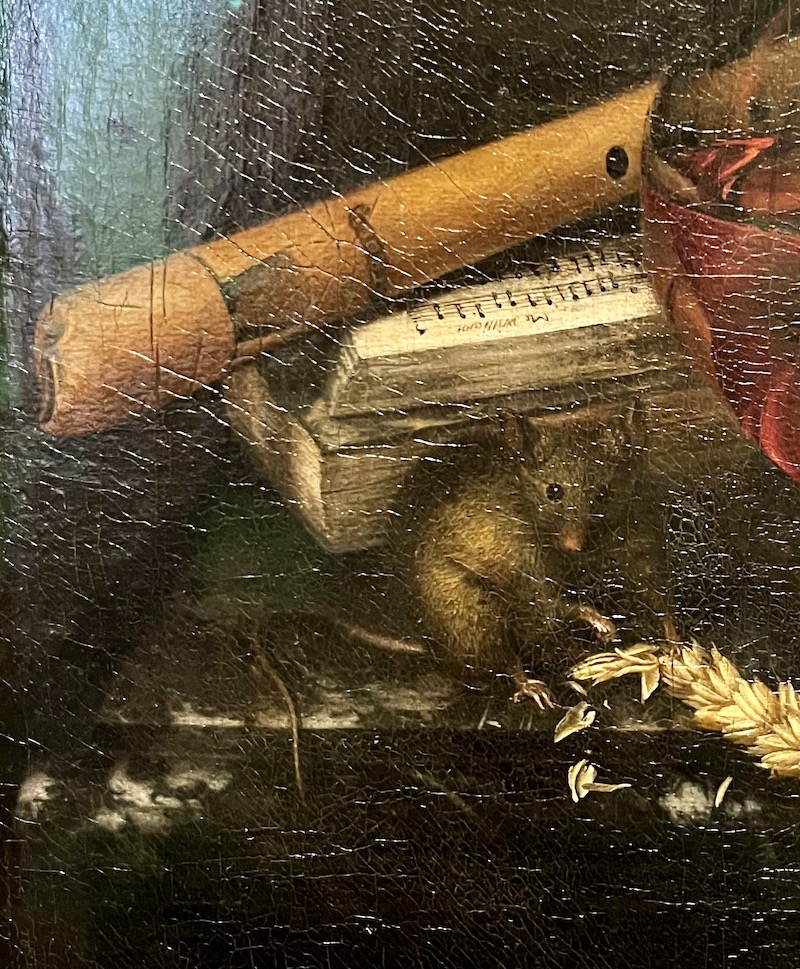
NMWA hosts Women Artists from Antwerp to Amsterdam, 1600–1750 through January 11, 2026. The museum kindly offers free admission to furloughed federal government staffers. The show moves to Belgium in Spring 2026. It will run as Unforgettable: Women Artists from Antwerp to Amsterdam, 1600–1750 at MSK Gent from March 7 through May 31.
Erika Gaffney is Founder of Art Herstory. Follow Erika on Bluesky, LinkedIn and Facebook.
More Art Herstory blog posts you might enjoy
Museum Exhibitions about Historic Women Artists: 2025
A Year for Dutch and Flemish Women Artists
Rachel Ruysch: The Art of Nature, by Stephanie Dickey
Making Her Mark Leaves its Mark at the Art Gallery of Ontario, by Isabelle Hawkins
Portrayals of Mary Magdalene by Early Modern Women Artists, by Diane Apostolos-Cappadona
Books, Blooms, Backer: The Life and Work of Catharina Backer, by Nina Reid
Anna Maria van Schurman: Brains, Arts and Feminist avant la lettre, by Maryse Dekker
Reflections on Making Her Mark at the Baltimore Museum of Art, by Erika Gaffney
Alida Withoos: Creator of beauty and of visual knowledge, by Catherine Powell
A Clara Peeters for the Mauritshuis, by Quentin Buvelot
Floral Still Life, 1726—A Masterpiece by Rachel Ruysch, by Lawrence W. Nichols
Rachel Ruysch’s Vase of Flowers with an Ear of Corn, by Lizzie Marx
Women and the Art of Flower Painting, by Ariane van Suchtelen
Curiosity and the Caterpillar: Maria Sibylla Merian’s Artistic Entomology, by Kay Etheridge
Gesina ter Borch: Artist, not Amateur, by Nicole E. Cook
Early Modern European Women Artists at the Montreal Museum of Fine Arts, by Erika Gaffney

